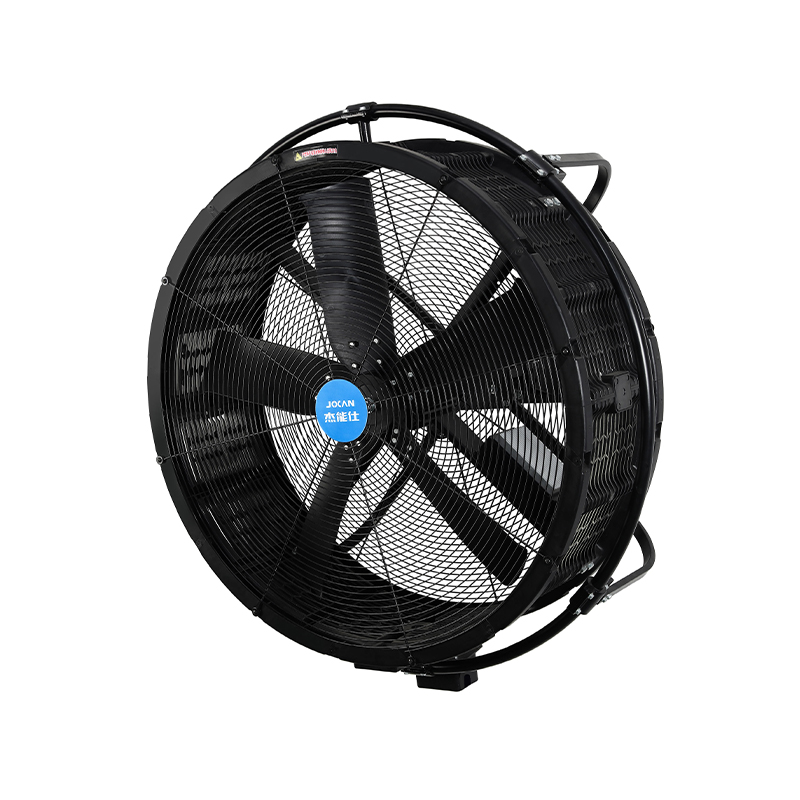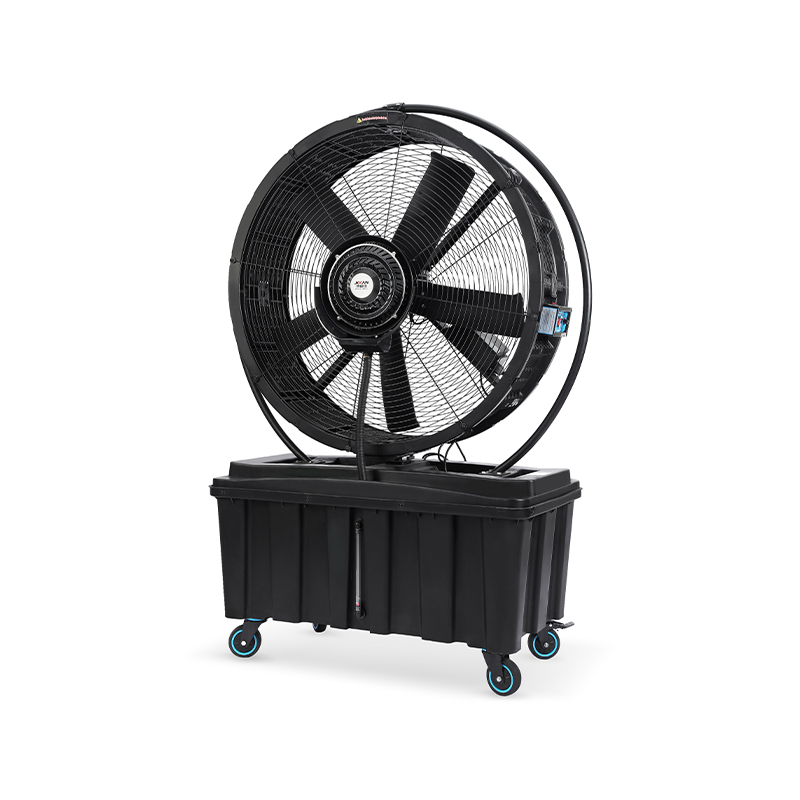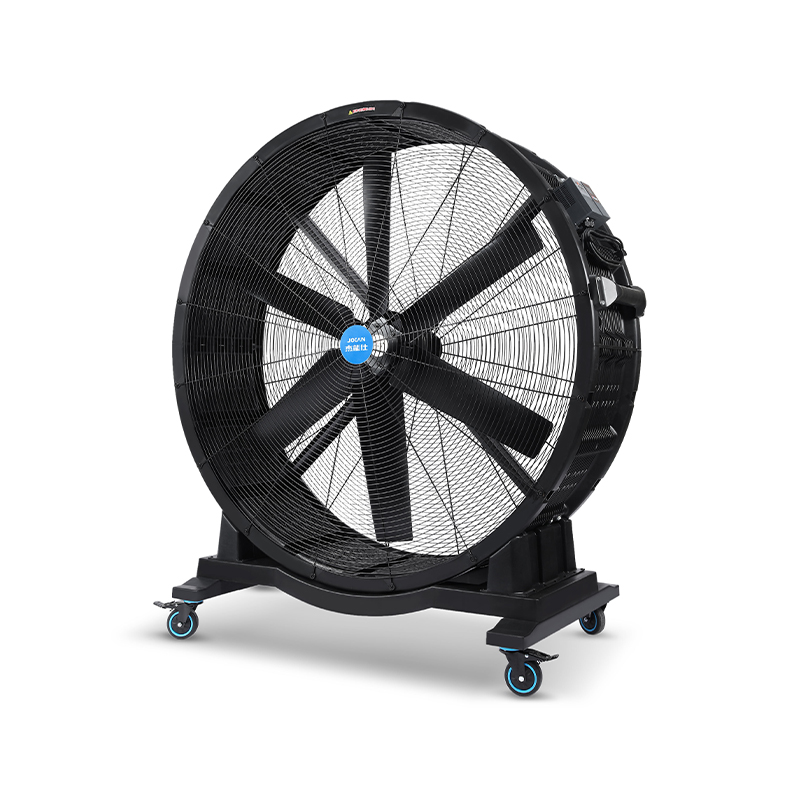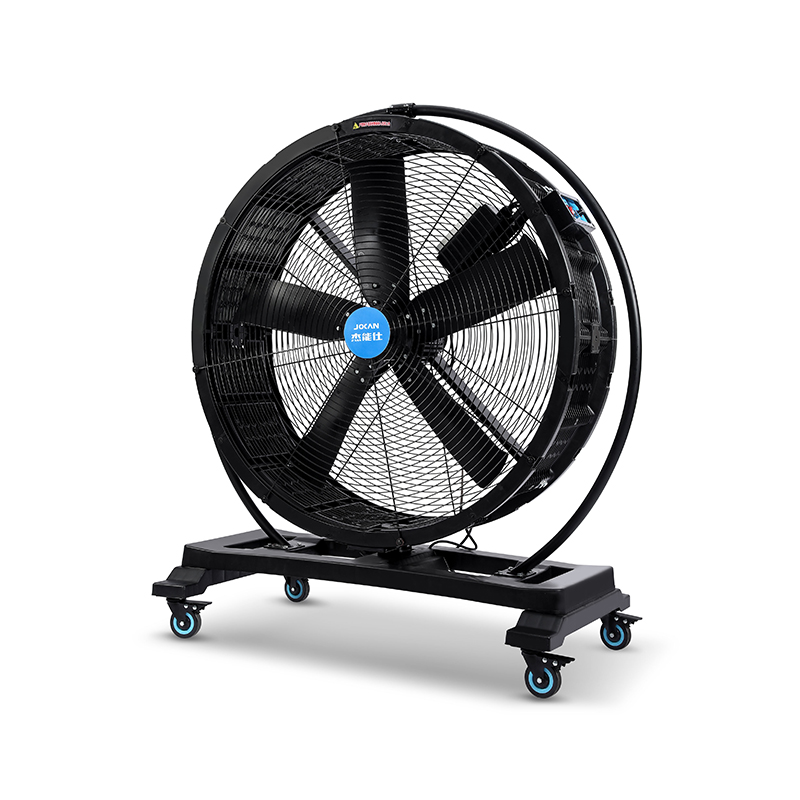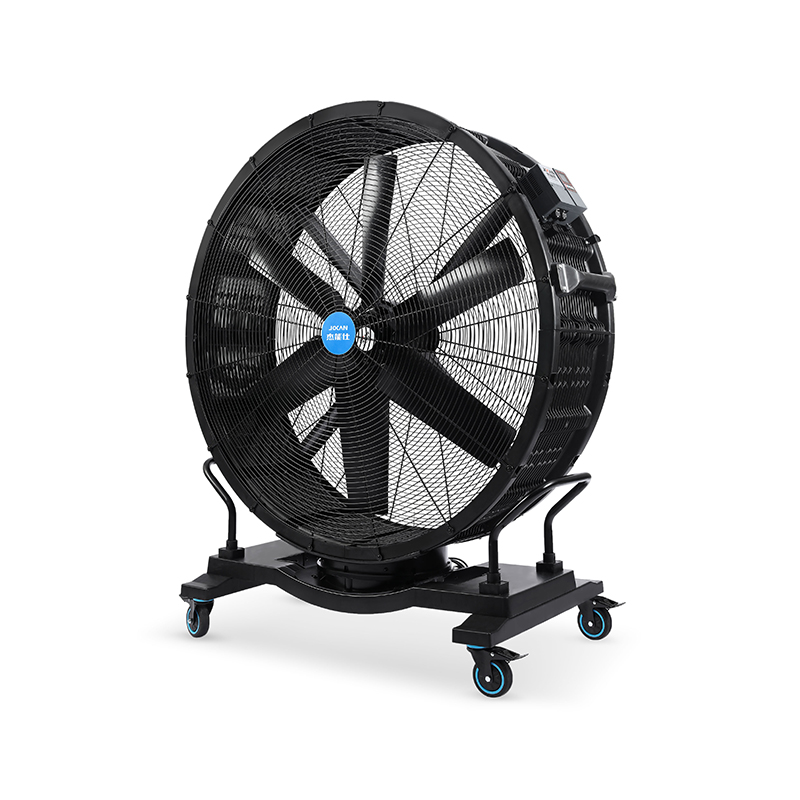As developers and architects increasingly focus on reducing energy consumption and lessening environmental impact, ventilation systems have come under close examination. Among the emerging technologies contributing to this shift are EC fans—particularly EC axial fans, EC duct fans, and floor air fans—which are being widely integrated into green building projects.
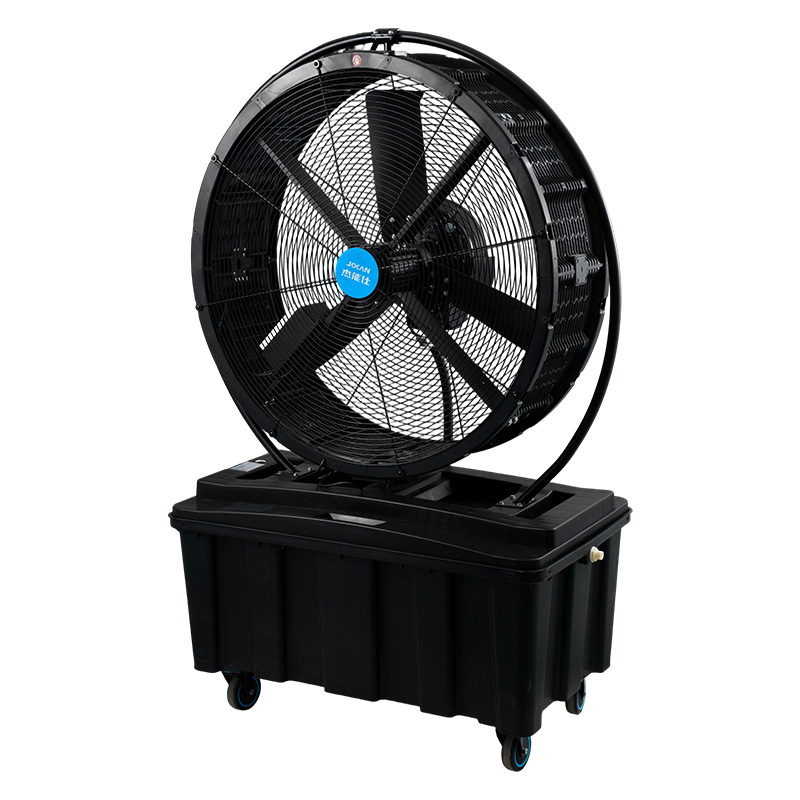
One of the key reasons EC fan technology is gaining traction in eco-friendly architecture is its ability to deliver more controlled and efficient airflow. Unlike traditional AC motors, EC (electronically commutated) motors combine AC power input with DC motor control, allowing for variable speed, lower power consumption, and less heat generation. These characteristics make EC axial fans especially useful in HVAC systems that require consistent but adaptable air movement, particularly in commercial or multi-zone environments.
In large open spaces such as lobbies, manufacturing halls, or shopping centers, floor air fans are often utilized to manage air circulation near the ground level. Traditionally, these fans were basic in design and offered limited speed adjustment. However, the integration of EC motors has elevated their functionality, allowing these fans to respond dynamically to environmental conditions and user input. As a result, floor air fans are no longer just tools for moving air—they are intelligent components in a broader energy management system.
The inclusion of EC duct fans in green building ventilation systems also plays a vital role. These fans are typically embedded within air ducts and used for distributing or extracting air across different zones. With EC technology, they offer not only precise speed control but also improved acoustic performance. This is particularly important in residential buildings, office complexes, and schools, where quiet operation is highly valued. In projects certified under green building standards, EC duct fans have become a go-to option for engineers looking to meet stringent energy benchmarks without compromising occupant comfort.
It's also worth noting how floor air fans are being reimagined in modern architecture. No longer bulky or visually intrusive, today’s models blend seamlessly into interior designs. With EC motors at their core, they can operate for longer durations without overheating, making them suitable for continuous use in spaces that require constant airflow adjustments based on real-time temperature and humidity readings.
Meanwhile, EC axial fans are finding their way into rooftop ventilation units and external wall exhaust systems. These installations often face challenges related to varying outdoor temperatures and airflow demands. Thanks to their smart control capabilities, EC axial fans can adapt on the fly, increasing or decreasing output without the need for manual intervention. Their relatively compact design and durability further add to their appeal in architecture that prioritizes both form and function.
Green building projects frequently involve multi-layered systems that aim to balance energy savings, air quality, and user comfort. In such systems, EC duct fans serve as efficient workhorses. When connected to sensors and building management systems, they can actively respond to CO₂ levels, occupancy, and weather data. This dynamic responsiveness ensures that air is distributed effectively, which is critical for indoor environmental quality and occupant health.
In terms of installation, floor air fans with EC motors are relatively easy to integrate into existing structures. They are often used in retrofitting projects where improving air movement is a key goal but space or power limitations prevent larger system overhauls. Their energy-saving potential, coupled with programmable settings, allows them to be tailored to different usage scenarios without the need for extensive infrastructure changes.
As architects and engineers continue to look for smart, reliable solutions that align with green building goals, products like EC axial fans, EC duct fans, and floor air fans are likely to remain central to sustainable ventilation strategies. These fans offer more than just mechanical performance—they represent a shift toward smarter, more conscious building systems that are designed with both the environment and long-term usability in mind.
 Add: Plot 23, Huanglang Industrial Zone, Jinqing Town, Luqiao District, Taizhou City, Zhejiang Province
Add: Plot 23, Huanglang Industrial Zone, Jinqing Town, Luqiao District, Taizhou City, Zhejiang Province
 TEL: +86-13586083215
TEL: +86-13586083215

 English
English English
English عربى
عربى 한국어
한국어


